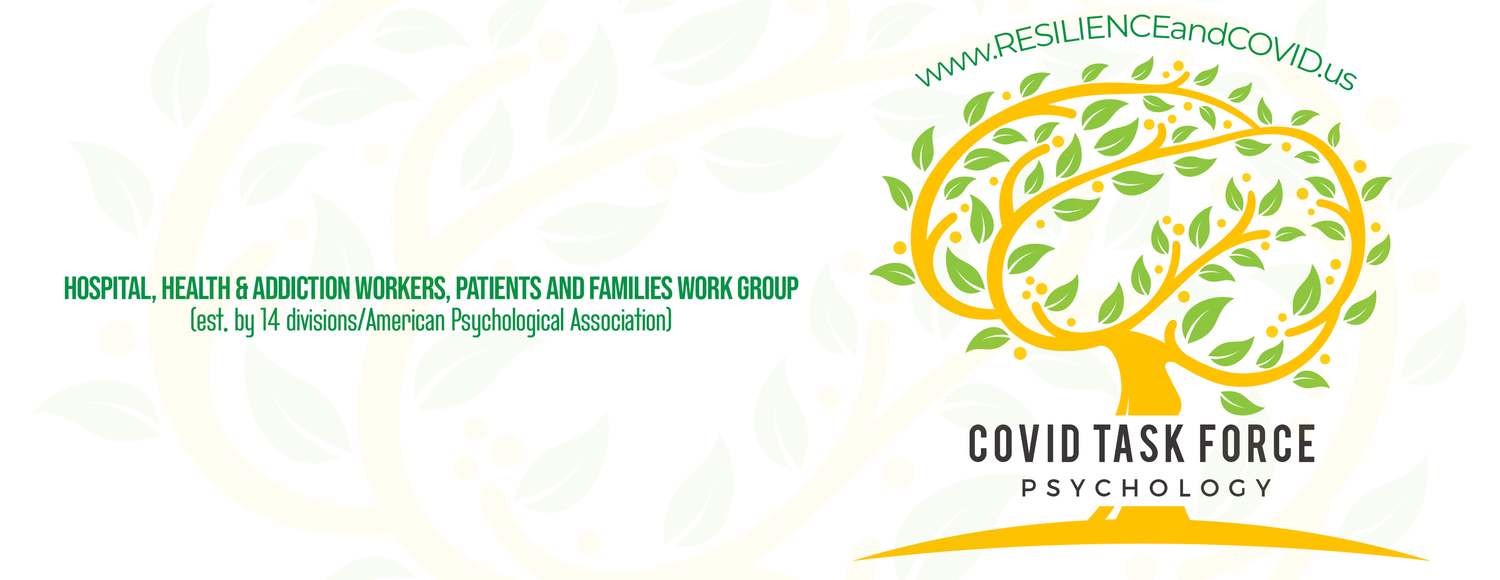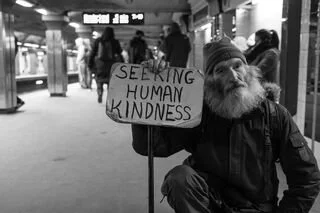Vicarious Trauma, Mirror Neurons, and COVID-19
What can we do when empathy becomes too much?
9/11 and the world watched
I had watched the towers burn and fall. I flew into New Jersey and took a train to Manhattan five days after 9/11 and saw a deserted Times Square and police with dogs guarding the streets.
I worked at the pier and tried to offer support and comfort to those coming to get death certificates for their loved ones.
I left after my tour of duty, a different person than I was when I had started. I had experienced vicarious trauma or VT, which remained intense for months but gradually resolved over time.
Vicarious trauma
Vicarious trauma (VT) has been defined as ” the negative effects of caring about and caring for others."
It is similar to compassion fatigue and secondary trauma, and specifically describes the potential trauma experienced by those who witness others experiencing the pain of being traumatized. This happens most often with people who are in helping roles, such as trauma psychologists and other therapists.
Vicarious trauma can lead to PTSD-type symptoms and can cause significant changes in how we feel about our own and other’s safety in the world.
It can also affect our trust in institutions and our perceived ability to exercise autonomy and control over what happens to us and those we love.
Many professionals are vulnerable to developing vicarious trauma, especially during a disaster, but anyone can experience VT as a result of empathy and identification with another’s physical or psychological pain.
Source: Matt Collamer/Unsplash
A neurobiological basis for vicarious trauma
Neurological research suggests that there is actually a physiological basis to empathy which is likely the pathway through which we indirectly feel the suffering and trauma of another.
A number of years ago, scientists discovered that there are “mirror neurons” in the brains of monkeys, that activated both when they performed a particular action and when they watched another perform that same action. Many believe that we can extend this to emotional experiences.
So when we work closely with people who are suffering, we may experience their distress. And that this may help to explain the human experience of empathy.
We are witnesses to others' pain and trauma
We have been learning about families that have lost their mothers, their fathers, sisters and brothers, their adult children, friends, and partners.
article continues after advertisement
We hear the daily numbers and watch the numbers of those infected, hospitalized, and dying keep increasing. This winter will continue to be extraordinarily painful and challenging.
Many of us are struggling with VT, given the heart-wrenching stories we hear, the pictures, and the television footage of the doctors and nurses who are struggling to keep very sick people alive.
How do we help ourselves, our family members, and our children who may be experiencing VT, which can have deleterious effects on us and on our trust that we can live in a safe and predictable world?
Disaster psychology can inform our actions
The emotional impact of COVID is understandable within the framework of disaster psychology and we have many insights and empirically informed recommendations that have evolved over many years as to what helps mitigate and ameliorate the negative emotional effects of disaster.
Tips for coping and resilience during the pandemic
Tip #1:
Monitor your own and your loved ones’ consumption of the media by titrating the amount of upsetting information you consume can help protect us.
Tip #2:
Know that taking adequate precautions to protect ourselves and our loved ones can help increase a sense of safety and security.
Tip #3:
There are difficult emotions that accompany decisions around getting together with vulnerable family members or friends.
Many of us experience isolation and loneliness. We know that staying connected, by phone, computer, emails, Instagram, and other tools can help buffer us from the fear and uncertainty of the disaster.
Tip #4:
Be sure to consume accurate, consistent, and timely information on self-care.
We know that practical assistance (securing and wearing masks, social distancing, washing hands, disinfecting certain items) can help prevent the disease. We can be active in helping to slow the spread of the disease.
article continues after advertisement
Tip #5:
Determine where to go and what to do to get financial support, family support, vocational assistance, and medical assistance. Develop plans for both the present and the immediate future.
Tip #6:
By donating food, clothing, and financial support to others we personally gain positive feelings and may even experience a “helper’s high."
Tip #7.
Credible, credentialed professionals can help provide ways to cope with the emotional effects, recommend actions to take, and help give meaning and a narrative for this disaster.
By applying the principles of disaster psychology to the COVID pandemic, we can manage the uncertainty, anxiety, and impact each of us is experiencing, both as individuals and as a community.
Read article on Psychology Today: https://www.psychologytoday.com/us/blog/psychological-trauma-coping-and-resilience/202012/vicarious-trauma-mirror-neurons-and-covid-19
References
Molnar-Szakacs, I. (2011). From actions to empathy and morality—A neural perspective. Journal of Economic Behavior & Organization, 77(1), 76–85. https://doi.org/10.1016/j.jebo.2010.02.019
Pearlman, L. A., & Saakvitne, K. W. (1995). Trauma and the therapist: Countertransference and vicarious traumatization in psychotherapy with incest survivors. W W Norton & Co.
Saakvitne, K. W., Pearlman, L. A., & Traumatic Stress Inst, Ctr for Adult & Adolescent Psychotherapy, LLC. (1996). Transforming the pain: A workbook on vicarious traumatization. W W Norton & Co.
Kilner, J. M., & Lemon, R. N. (2013). What we know currently about mirror neurons. Current biology : CB, 23(23), R1057–R1062. https://doi.org/10.1016/j.cub.2013.10.051

